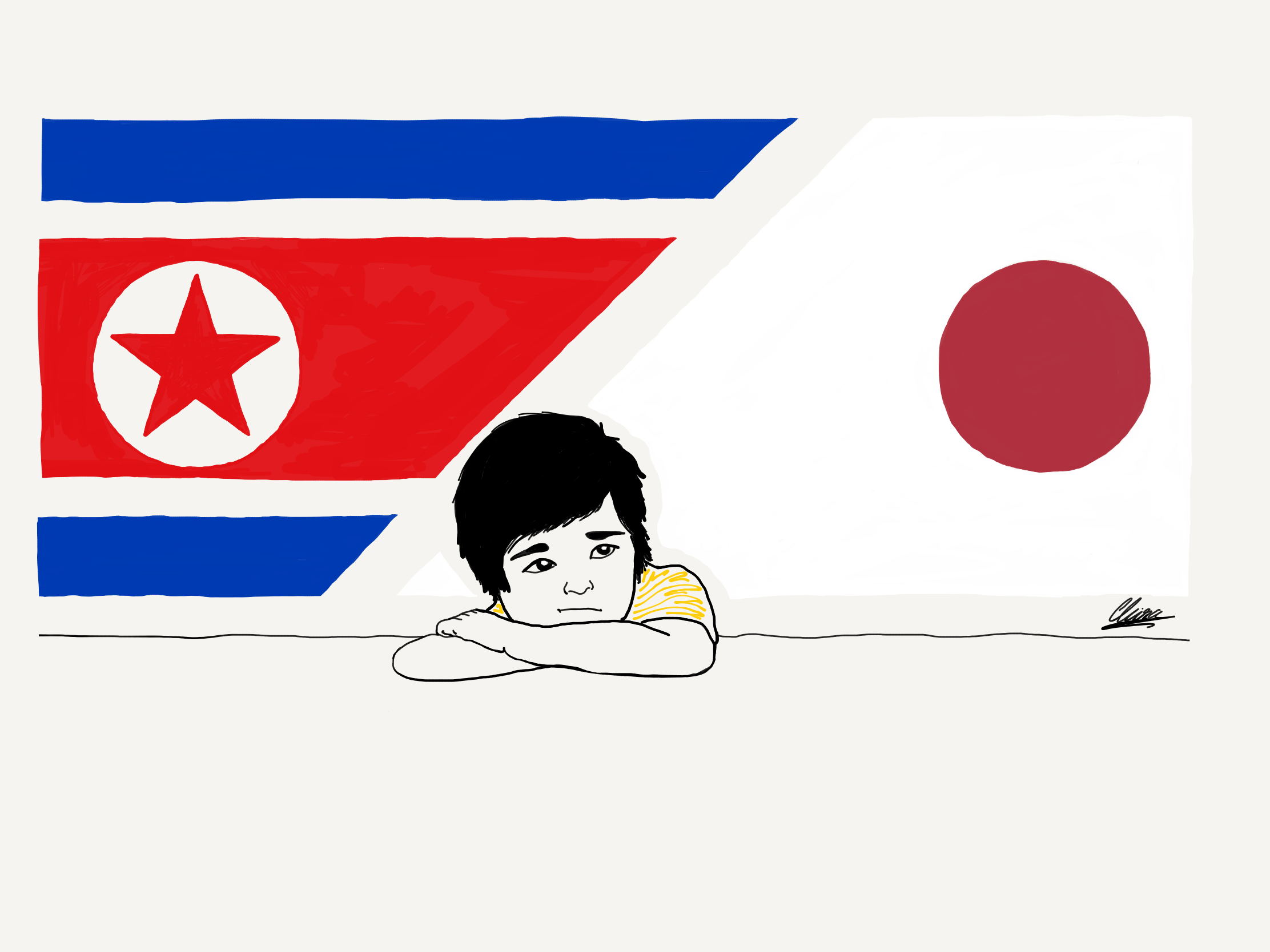By Lea Schiller
North Korea’s shrinking island in Japan
For these young kids, being accompanied by guards on their way to school is normal. Their uniforms are safely tucked away in their backpacks to be worn later, when they are in the safety of the school building, away from prying eyes and the judgement of an entire nation. And yet many of them are subject to harassment, abuse thrown at them for something that is much bigger than going to elementary school.
These children attend one of the schools belonging to the Chongryŏn, the General Association of Korean Residents in Japan, which has a history as long and complex as the country it is connected to – North Korea.
During Japan’s occupation of Korea, thousands of Korean nationals were brought to the Japanese island as workers. These families stayed in Japan for generations and as Korea was split into the North and Southern part, they had to choose which one of the newly formed countries they were to identify with. The South mainly left the Korean population to their own devices, while the Northern part aided them with considerable funding.
The Chongryŏn quickly grew in size and influence under the financial support of North Korea and later allegedly started sending money back to the regime in enormous sums. Their network not only included schools and a university, but also businesses and banks. The Japanese government tolerated this for several decades.
This changed in 2002, when multiple cases of Japanese citizens being abducted by the North Korean regime were made public. Anti-Korean sentiment rose within Japanese society. Pro-North Korean leaders were banished from politics and on the streets, protests of Japanese nationalists against the North Korean population were getting louder. Tolerance for Chongryŏn businesses diminished, and funding for Korean schools was largely cut by the Japanese government. At the same time, the situation back in North Korea worsened dramatically with the famine of the 1990s. This caused the regime to take more money from their population in Japan. As a result, Chongryŏn power and influence slowly ebbed away as their members struggled with financial problems and the growing resentment of their Japanese neighbours. In the middle of all this are the children of the Chongryŏn who are subject to harassment every day on their way to a school that teaches the doctrine of an authoritarian state. They are essentially caught in a conflict they themselves have little say in. Parents take to the streets to protest for their children’s rights to education, while the Japanese government continues to lower funds for the North Korean schools that are said to spread propaganda. Neither side is prepared to step down and considering the Chongryŏn’s complicated history there is little hope for a solution.
Edited by Alon Küster
Artwork by Chira Tudoran

